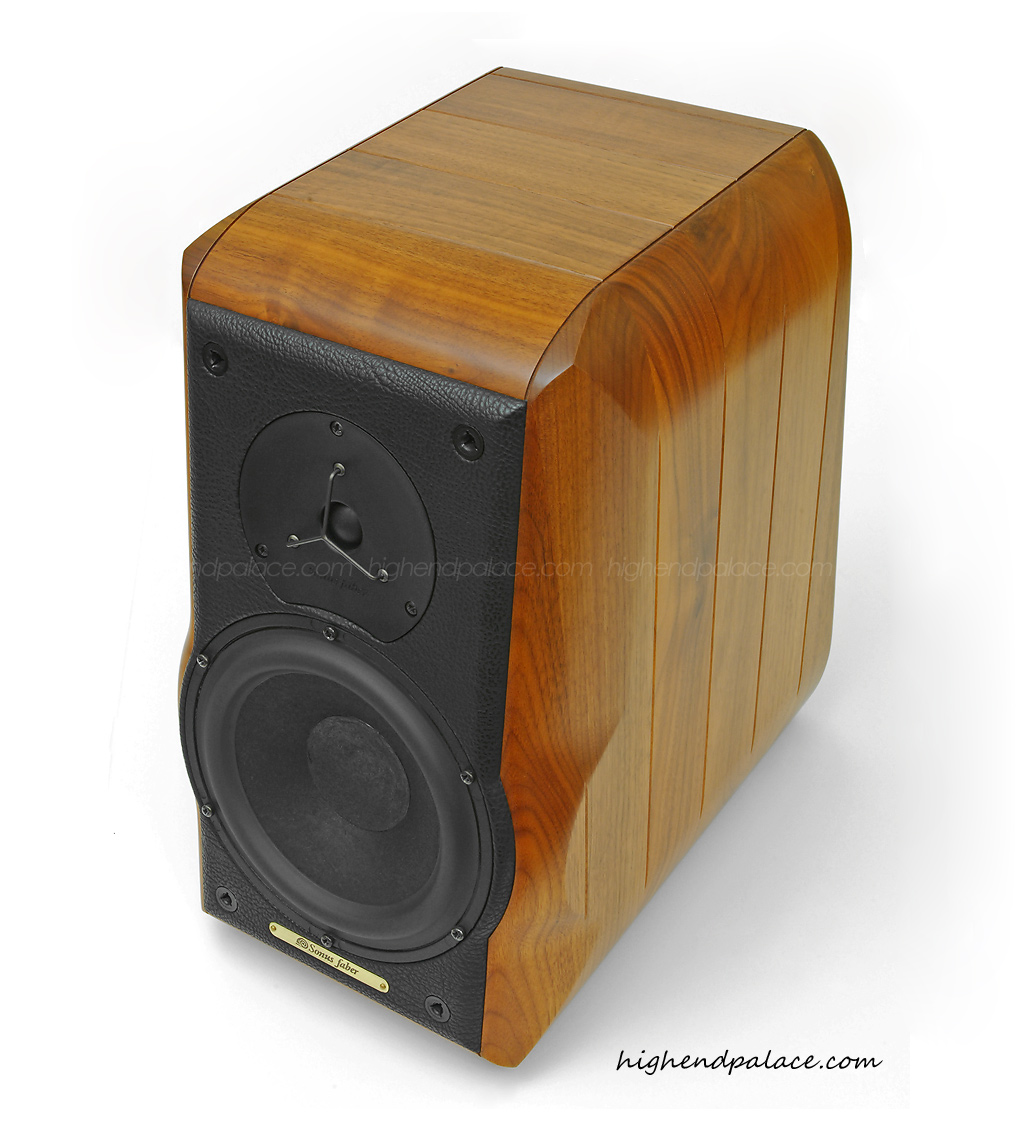Today’s was an interesting and useful if not especially exciting demo, at least not compared to the Vivids on Tuesday. Maybe I’m getting picky. Maybe the Dev 170 is so revealing that it makes the shortcomings of speakers very clear. Or maybe I’m discovering that the Dev has trouble driving some speakers (which was the dealer’s view). I suspect it’s a combination of 1 and 2.
So three floorstanders on the menu, again powered by the Dev 170.
ProAc D30R
It was immediately clear that the ProAcs have a grown- up and mellow presentation. The top end seemed slightly veiled, and the overall tone quite dark (‘smoky’). And there seemed to be a slight lack of attack. I found myself turning up the pot up to get more attack, but it wasn't there.
Having said that, the more subtle effects were very attractive. The ProAcs gave a great impression of the acoustics of the recording space. I hesitate to call it airiness, because these seemed to be quite low frequency reverberations: the faint echo of a voice or instrument in the studio. This was especially clear on a jazz track, where everything suddenly fell into place. I suppose jazz, by its nature, is less about attack.
The three pairs of speakers were arranged side by side, with the ProAcs in the middle, so there was less space between the ProAcs and a correspondingly narrower soundstage, though I wouldn’t call this a problem.
I thought I could hear something slightly coloured in the upper mid-range, which gave a slight hint of artificiality with strings and piano. Perhaps a touch of boxiness? Having said that, male voices felt very lifelike, as did the lower end of the female range, whereas the upper end suffered ever so slightly from this boxy coloration again. (The dealer thought this was the Dev’s fault; he said the ProAcs were hard to drive and the Dev wasn’t getting the most out of them. I’m not so sure.)
One big plus about the ProAcs, and I think a contributor to their overall sense of musicality, was that deep bass notes (e.g. bass guitars) had real bounce. The bass went deep and hit the sternum, was quite warm in tone, but also had very little overhang. Very nice indeed.
B&W 804D
My first impression was of the wider frequency range, both up top and at the bottom (that may sound surprising after what I just said about the ProAcs’ bass; more to say on this below.)
Those diamond tweeters certainly give plenty of bite at top end. At first I enjoyed it, but by the end of the demo I found it fatiguing. Along with bite, I heard spit (with vocals) and fizz (with hi-hats). Strings felt a touch too metallic.
On the positive side, the B&Ws produced great separation of instruments and perhaps a better sense of scale than the ProAcs with orchestral music.
The tone of the mid-range struck me as excellent. Obviously B&Ws’ the overall tonal balance is higher than Proacs. As well as spit, vocals suffered from a bit too much breathiness. But there was none of the boxiness I found in the ProAcs’ mid-range.
Back to the bass. The bass of the B&Ws felt deeper, but it also felt less musical; it had less bounce and kick.
Anyway, in a sense this is all academic, as the hard top end isn’t something I could love with. I had the same experience when I heard them being driven by the MF AMS35i. I thought the smoother treble of the Dev might tame the B&Ws; perhaps it did a little, but not enough.
PMC Fact 8
I’d also heard these with the AMS35i and quite liked them. In this demo they were a bit less less impressive.
They’re very fast speakers. They do transients really well. Also of all three pairs of boxes they gave the best account of the soprano scale: tremendously pure, ethereally so. But I suspect the quality of high female voices was an artefact of the overall lack of balance, compared to the other speakers.
The sound of the Fact 8s seemed to me quite a bit smaller than that of the ProAcs and B&Ws. I grant my mind may have been playing tricks on me: when you look at a slender design like this, with its petite drivers, you just think: narrow speaker, narrow sound. Of course it may also be true that the relatively small size of the bass drivers in the PMCs does prevent them from producing the same scale as the other boxes.
Conclusions
I think the ProAcs are worth another demo, although they didn’t utterly blow me away. I went back to them briefly at the end of the demo, and if anything they'd grown on me. All three speakers are good (OK, I have problems with the B&Ws), and they have areas where they’re strong. I could imagine listening to the PMCs for female vocals and some pop, the B&Ws for orchestral music (in short bursts), and the ProAcs for jazz, acoustic and chamber music.
When I said the demo was useful, I meant that at the very least it’s going to serve as a range-finder. Because these speakers are pretty common (esp. the PMCs and B&Ws) I’ll be able to hear them alongside other speakers in future and use them for comparison.




